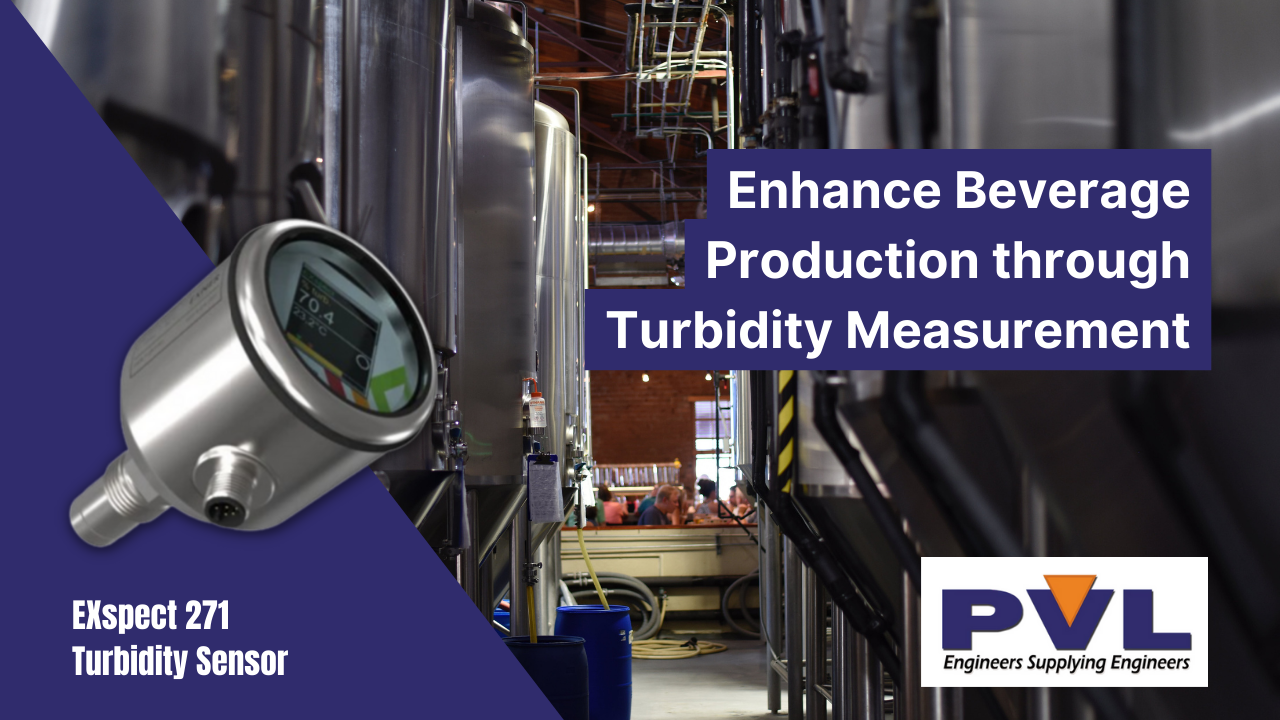
Enhance Beverage Production through Turbidity Measurement
Whether in fruit juice processing or breweries, priorities such as quality assurance, cost-effectiveness, and resource efficiency underscore the significance of turbidity measurement in beverage production. Recent advancements in turbidity measurement technology have significantly improved accuracy and reproducibility, establishing it as a reliable and economical solution.
How Does it Work?
Near-infrared light sources are commonly employed to eliminate colour influences in the measured medium.
In specified areas where turbidity measurement sensors are deployed, absorption or backscatter measurement devices are utilised depending on the application. Backscatter measurement, preferred for medium to high turbidity values, involves measuring the intensity of light reflected back from the medium at a 180-degree angle.
In contrast, absorption measurement sensors are employed for low to medium turbidities, where a beam of light is transmitted through the medium at a 180-degree angle, and a sensor detects light loss on the opposite side. This method is ideal for adjusting beer clouding, media monitoring in CIP processes, or detecting filter breaks in filtration processes.
Applications Across Beverage Production
Turbidity measurement technology finds diverse applications in beer production, controlling separators for yeast removal, clouding adjustment, and green beer clarification. In juice production, the technology assists in achieving desired juice clarity by removing turbidities and suspended particles. Optical turbidity measurement is crucial beyond production, optimising cleaning processes for storage tanks, transport containers, or pipes. This reduces process time compared to time-controlled processes, minimises wastewater costs, lowers fresh water consumption, decreases plant downtimes, and minimises the use of cleaning agents without compromising product quality.
Conclusion
In conclusion, the application of turbidity measurement technology not only facilitates cost and process optimisations but also aligns with resource conservation goals. This approach enhances product yields, minimises product loss, and is versatile across various production steps. Turbidity sensors contribute to controlling separators, monitoring and cleaning during tank and pipe flushing, detecting filter breaks, overseeing phase separation, and conducting colour-independent concentration measurements, among other applications.
Contact Us
Don't hesitate to contact us if you have any questions about our turbidity range by emailing sales@pvl.co.uk or calling +44 (0) 1892 66 44 99


